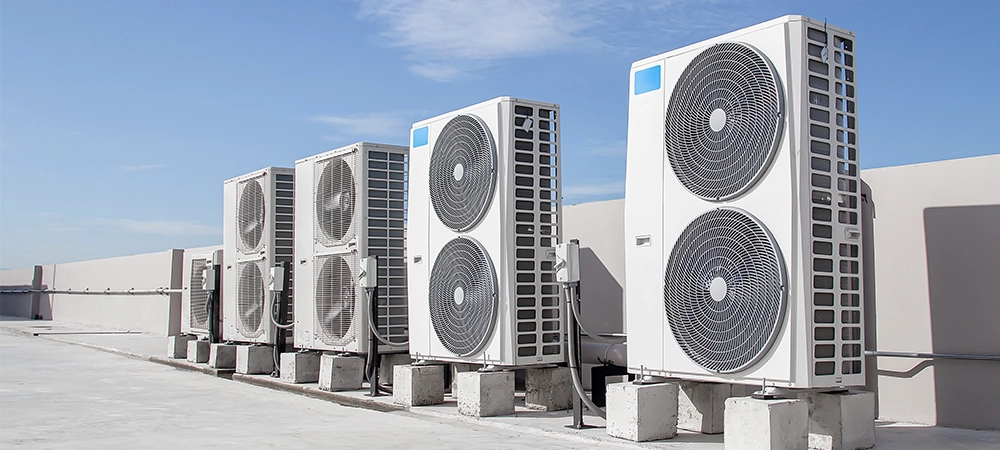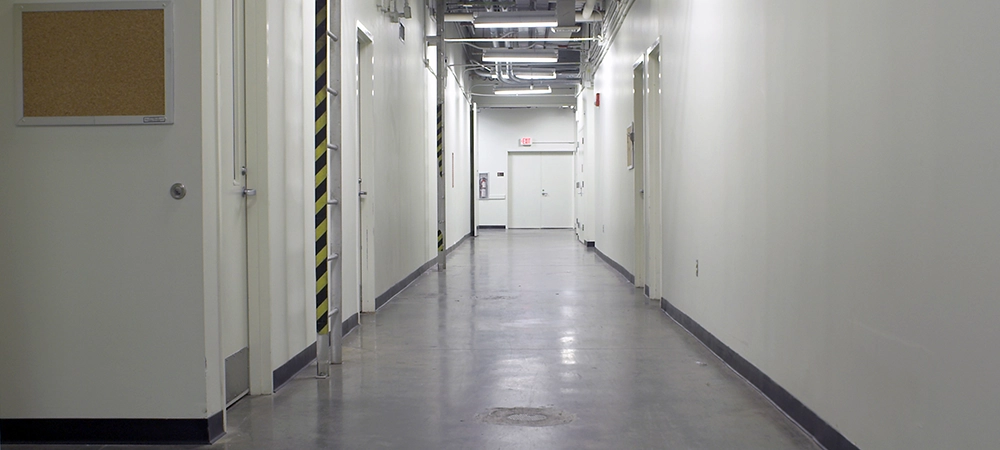In the realm of controlled environments, such as those created by Can-trol Environmental Systems, the concept of air pressure plays a pivotal role. In cleanrooms, air pressure is critical in determining the room’s effectiveness in protecting products and processes from contamination.
The two primary types of cleanrooms based on air pressure are Positive Air Pressure Cleanrooms and Negative Air Pressure Cleanrooms. Positive air pressure cleanrooms are common in pharmaceutical manufacturing and food processing industries. On the other hand, you can commonly find negative air pressure rooms in hospitals and healthcare facilities.
Understanding the differences between positive and negative air pressure cleanrooms is crucial. This article discusses all you need to know.
Understanding Air Pressure in Cleanrooms?
Air pressure in cleanrooms refers to the relative pressure of the cleanroom environment compared to the surrounding atmosphere. This pressure differential is controlled and maintained to protect the cleanroom’s internal environment.
Here’s a breakdown of each and their applications to understand the best between positive and negative air pressure cleanrooms.
Positive Air Pressure Cleanrooms
Positive air pressure cleanrooms maintain a higher pressure inside the cleanroom than the surrounding environment. Positive air pressure in a clean room works by pumping filtered air into the cleanroom, causing excess air to flow out when you open a door or pass-through. The primary goal is to prevent unfiltered air and contaminants from entering the cleanroom.
Applications
- Pharmaceutical Manufacturing: To prevent contamination of pharmaceutical products.
- Semiconductor Manufacturing: Where any airborne contamination can ruin the manufacturing process.
- Food Processing: To maintain high hygiene standards and prevent external contamination.
Related Article: Everything about Stability Chambers: A Comprehensive Guide
Negative Air Pressure Cleanrooms
Negative air pressure cleanrooms, in contrast, maintain a lower pressure inside the room than outside. This ensures that any harmful or hazardous particles are contained within the cleanroom and not released into the surrounding environment.
Applications
- Biohazard Material Handling: Such as in laboratories dealing with infectious agents.
- Chemical Laboratories: Where they use volatile or harmful chemicals.
- Hospitals and Healthcare Facilities: Particularly in isolation rooms for infectious disease control.
Regardless of the type, positive and negative air pressure cleanrooms require rigorous maintenance and monitoring to ensure they function as you intend. This includes regular checks of the HVAC systems, pressure monitoring, and adherence to strict cleanliness protocols.

Key Differences Between Positive and Negative Air Pressure Cleanrooms
The primary differences between positive and negative air pressure cleanrooms lie in their purpose, construction, and airflow management.
Purpose and Protection
- Positive Pressure: Designed to protect the products inside the cleanroom from external contamination.
- Negative Pressure: Aimed at protecting the external environment from potential contaminants within the cleanroom.
Construction and Design
- Positive Pressure Rooms: Must have robust sealing and airlock systems to maintain the pressure differential.
- Negative Pressure Rooms: Require specialized ventilation systems to ensure the safe containment of hazardous substances.
Airflow Management
- In Positive Pressure Rooms: Airflow is directed outwards to prevent the inflow of contaminants.
- In Negative Pressure Rooms: Air is drawn inwards to contain hazardous particles.
Considerations for Selection
Choosing between a positive and negative air pressure cleanroom depends on several factors:
- Type of Work Conducted: Determines whether external contamination or containment of internal hazards is the priority.
- Regulatory Compliance: Different industries have specific regulatory standards that dictate the type of cleanroom required.
- Safety Protocols: Handling of hazardous materials requires strict containment measures.
Challenges and Solutions
Maintaining the desired pressure differential can be challenging, especially in environments with frequent ingress and egress. Automated control systems and regular calibration of sensors and gauges are essential for overcoming these challenges.
Related Article: Cleanroom Environmental Control Areas: A Deep Dive into Cleanroom Technology

Air Pressure Cleanrooms at Can-trol Environmental Systems
Understanding the differences between positive and negative air pressure cleanrooms is vital for organizations in deciding the appropriate setup for their specific needs. At Can-trol Environmental Systems, our expertise lies in assessing these needs and delivering tailor-made cleanroom solutions.
Whether it’s a positive or a negative air pressure cleanroom, our commitment is to provide an environment that ensures safety, compliance, and efficiency. Reach out to us today at 905-415-8141.
